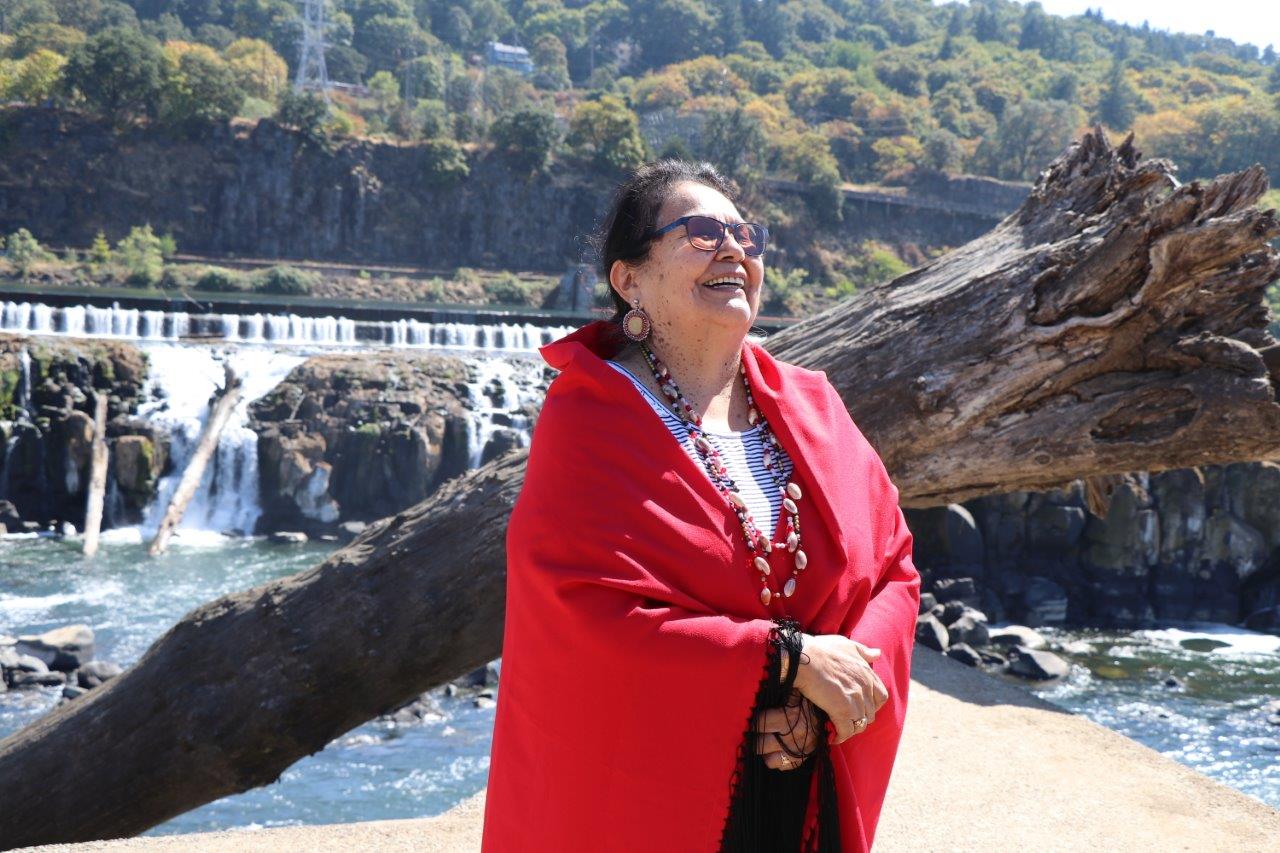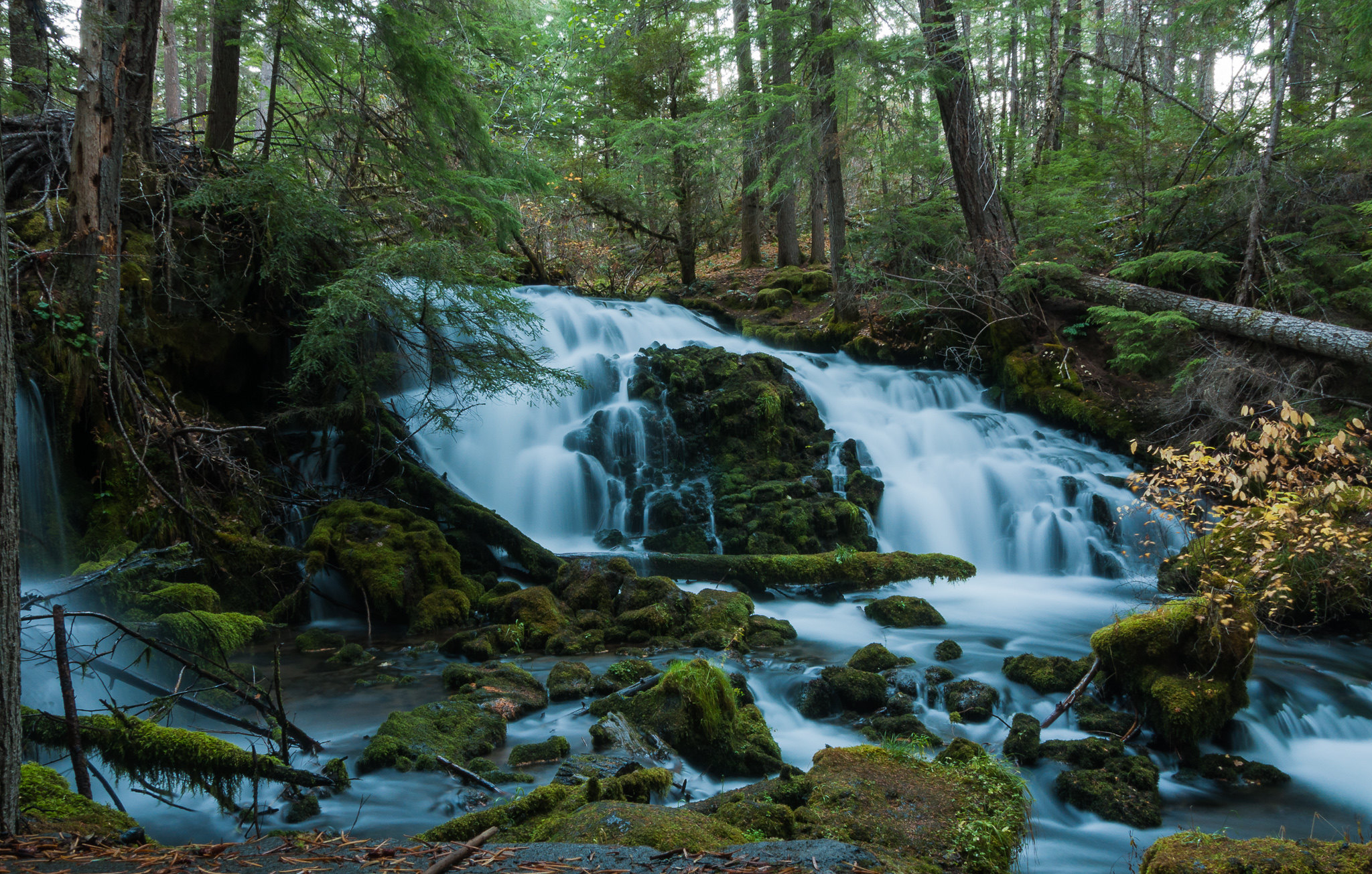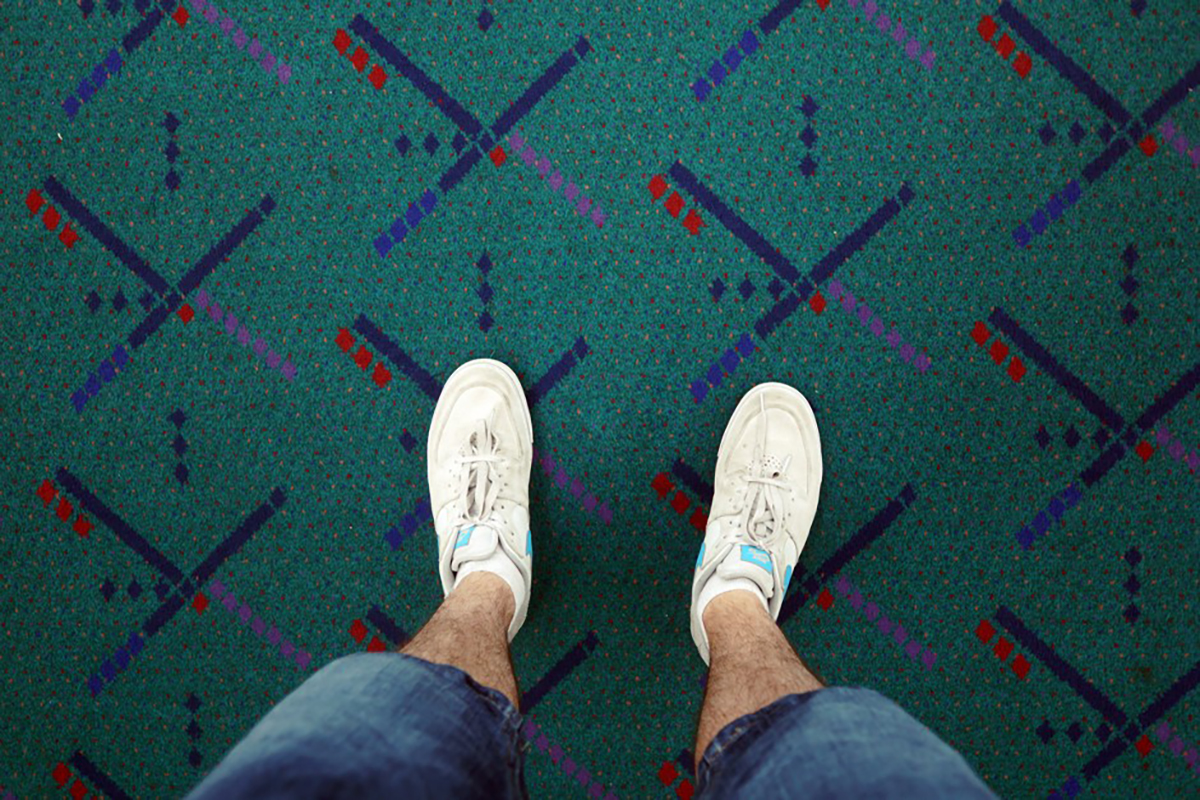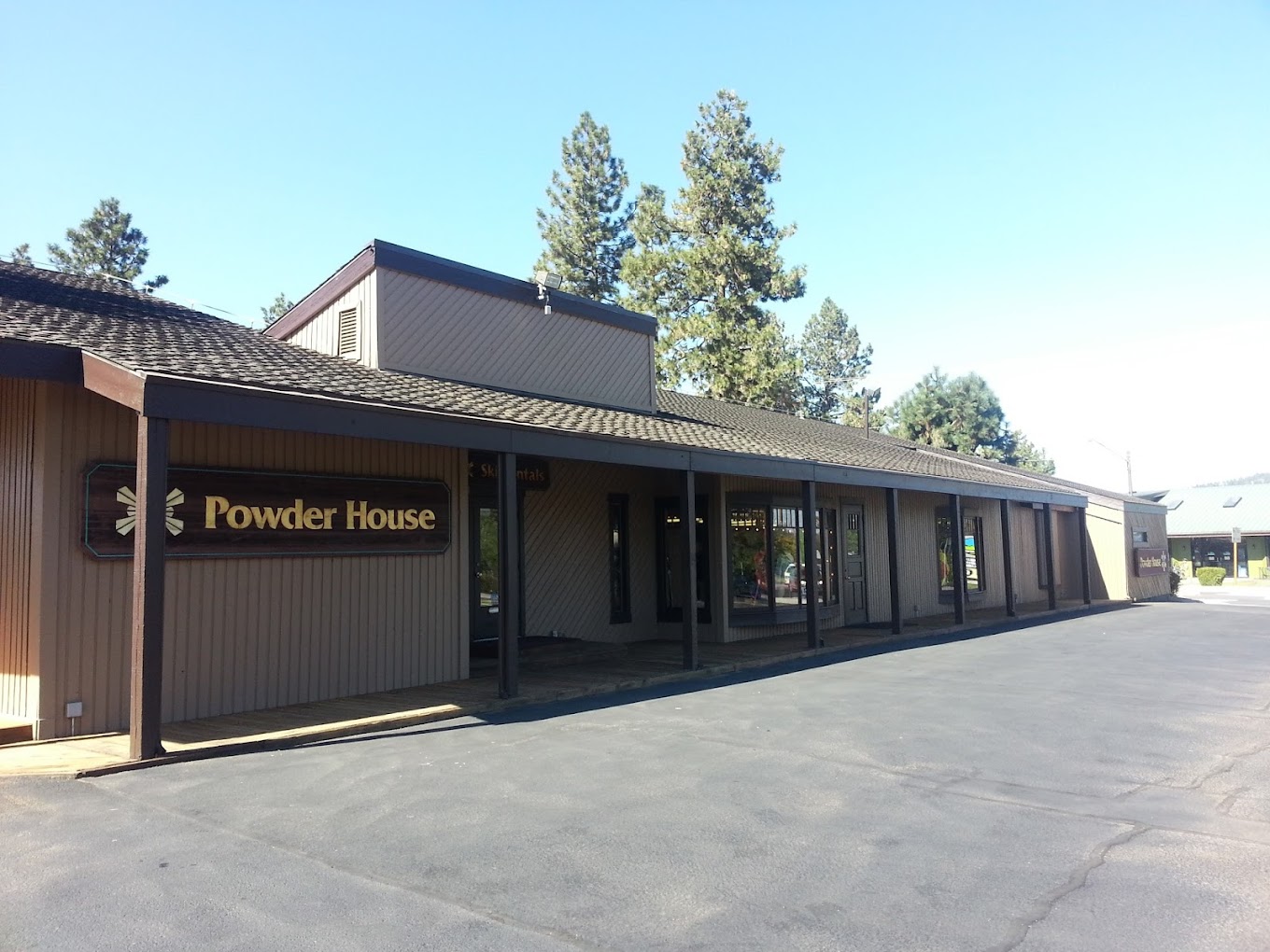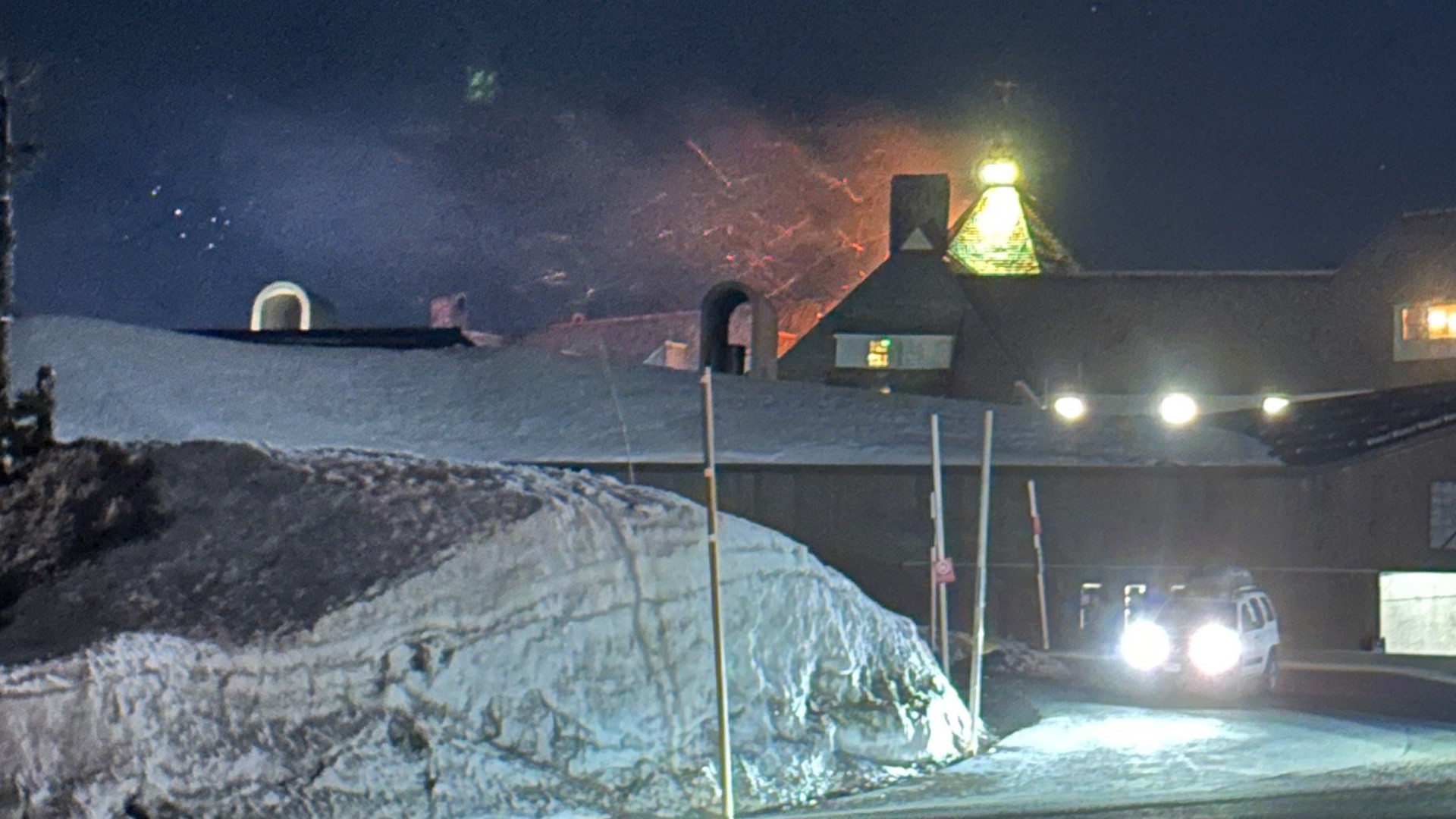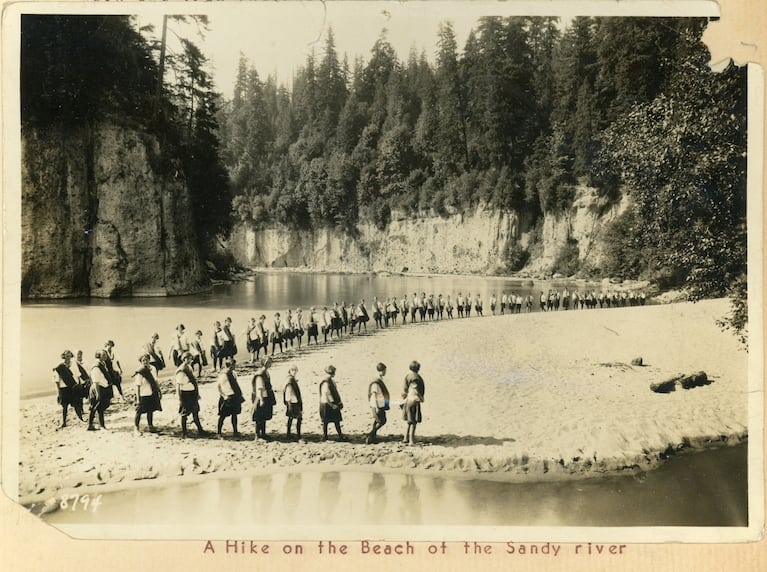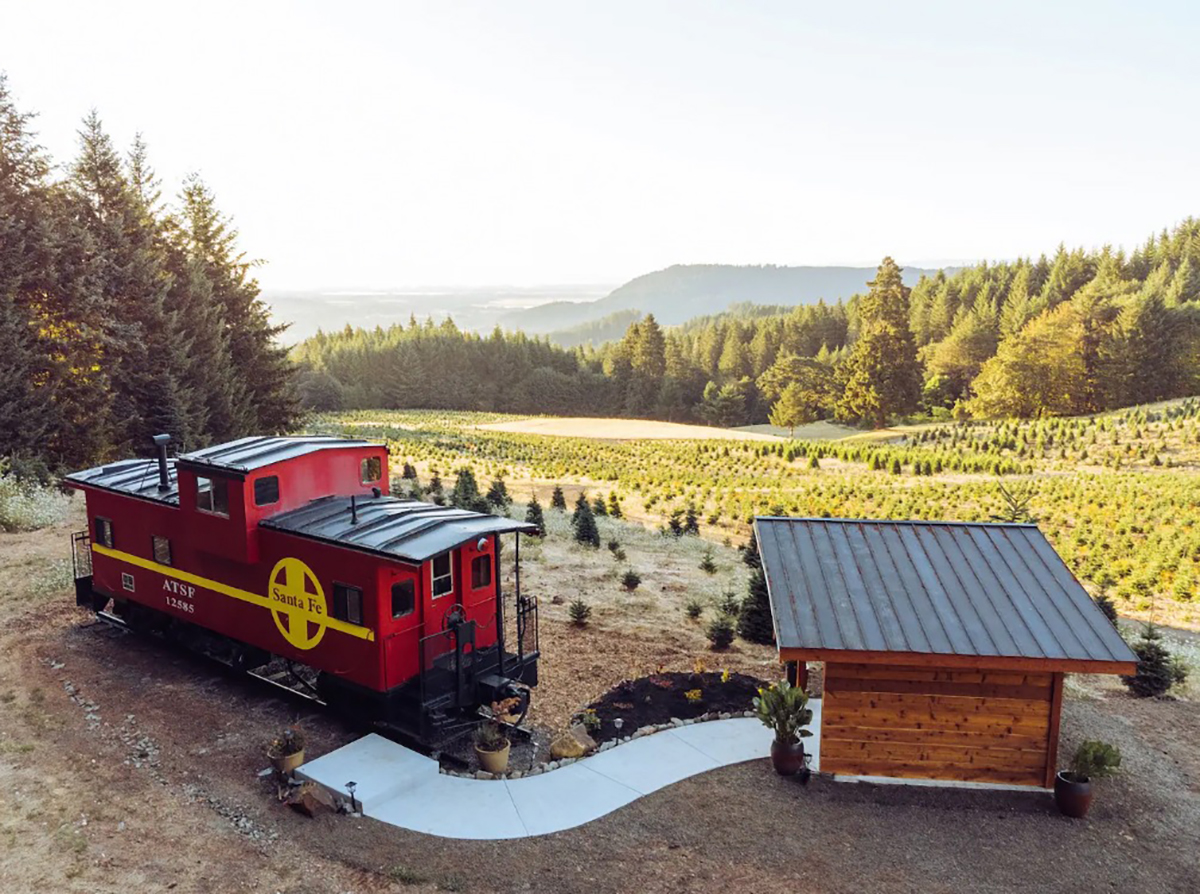The event Tuesday with the Confederated Tribes of Grande Ronde was a groundbreaking of sorts that represents one of the clearest steps forward at Willamette Falls after nearly a decade of planning.
A blessing prayer was said, and then an excavator finally tore into the crumbling old Blue Heron Paper Mill site in Oregon City, a building that's long been a blight on the landscape of Native ancestral land. This was a ceremonial demolition, with far more planning to come, but it's a first step for the Confederated Tribes of Grande Ronde to take back what was theirs.
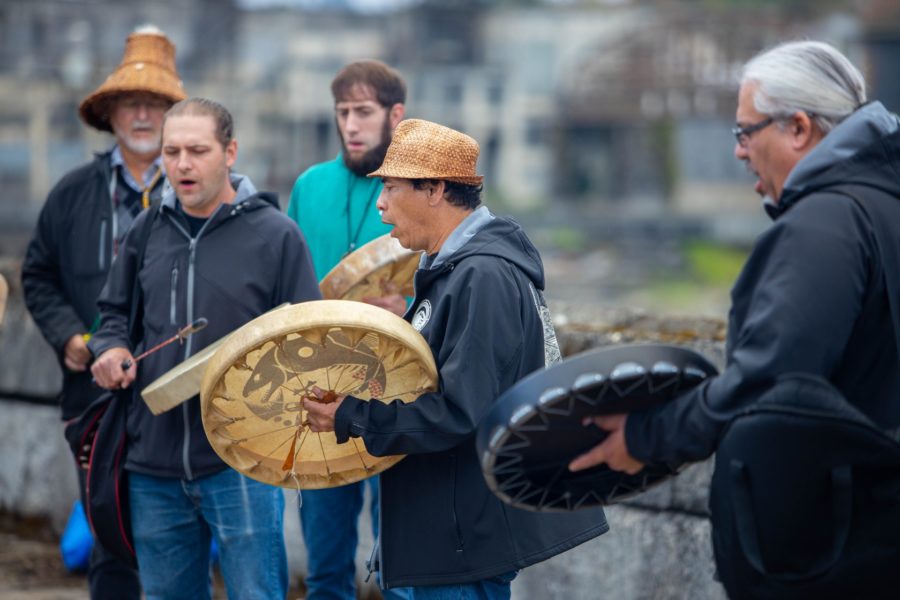
Image via Grande Ronde.org
“This site here is of deep historical and cultural significance,” Chris Mercier, vice-chair of the Grand Ronde Tribal Council said at Tuesday’s event. “The fact that we’ve actually purchased it and own it now is kind of a dream come true for many of us and many of our tribal members because our roots run deep here.”
The land around Willamette Falls was once home to the Clowewalla and Kosh-huk-shix villages of the Clackamas people, who ceded the land to the U.S. government under the Willamette Valley Treaty of 1855 before being forcibly removed and relocated.
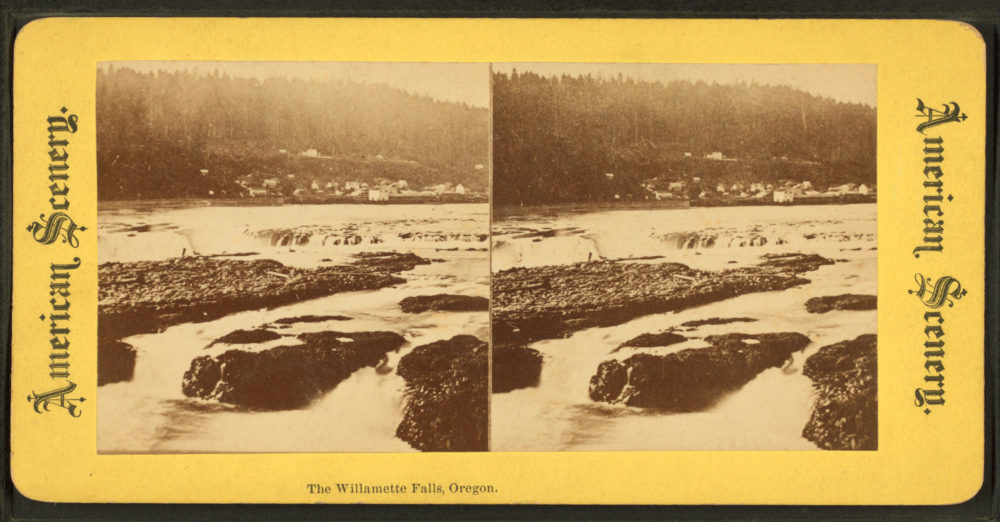
An antique stereoscopic image of Willamette Falls before the locks were installed. Oregon City is visible in the background. Image via Wikimedia Commons / Robert N. Dennis collection
For generations, the falls were also frequented by residents of other Indigenous villages around the area, including the Chinookan peoples of the lower Columbia River, who today are represented by several different tribal bodies.
The Grand Ronde call Willamette Falls “tumwata,” which is the Chinook jargon word for waterfall, and refer to the river as “walamt.” Every year, members of Oregon tribes visit the waterfall to harvest lamprey – a prehistoric eel-like creature that has been caught there for thousands of years – along with salmon and other fish. It is their ancestral right.
In 2019, the Confederated Tribes of Grand Ronde purchased the land, valued at $2.9 million, and earlier this year the tribe laid out an epic vision that would transform the old mill site into a community center and space for tribal members to hold ceremonies near the waterfall.
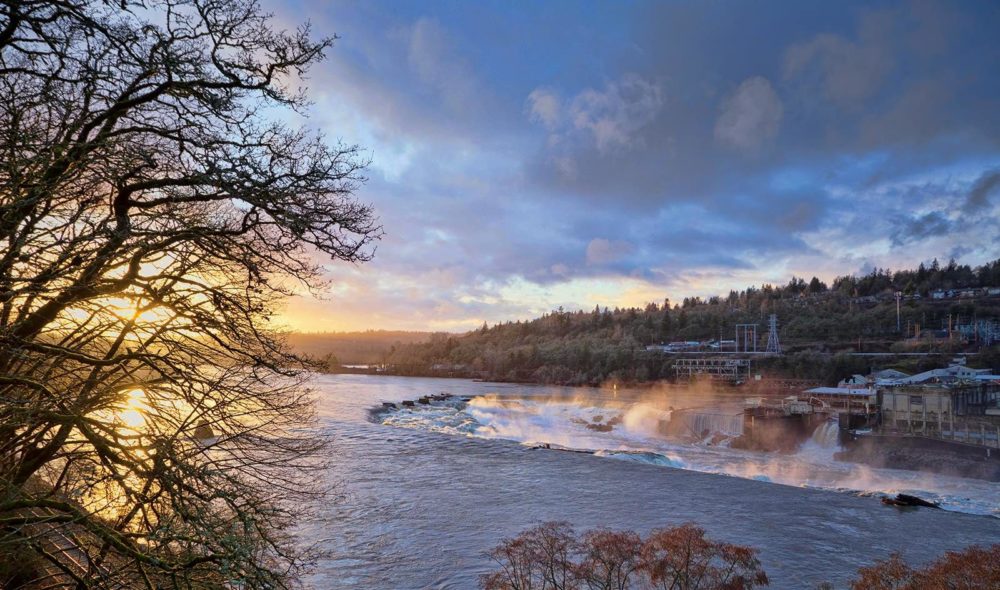
Image via The Author / thePDXphotographer
Although it will likely take years to complete, the Willamette Falls renovation is a vision of a place that is special for both tribal members and the general public alike.
“We want it to be a very welcoming and inviting place and we want people to have a real experience when they come here,” Stacia Hernandez, chief of staff to the Grande Ronde Tribal Council said. “We don’t want it to be a show-up, grab-a-cup-of-coffee-and-leave place, we want people to be able to experience it and feel the falls.”
Four additional tribal governments with ancestral ties to Willamette Falls will collaborate in the planning process: the Confederated Tribes of Siletz Indians, Confederated Tribes of the Umatilla Indian Reservation, Confederated Tribes of Warm Springs, and the Confederated Tribes and Bands of the Yakama Nation.
All agree for extensive environmental rehabilitation of the area by removing industrial structures and restoring habitat for salmon, lamprey, and other aquatic species.
“We’re excited to share this place with people,” Hernandez said. “For us, it’s an opportunity not only to come home to this place and reclaim this place but to make it better and leave it better for future generations.”
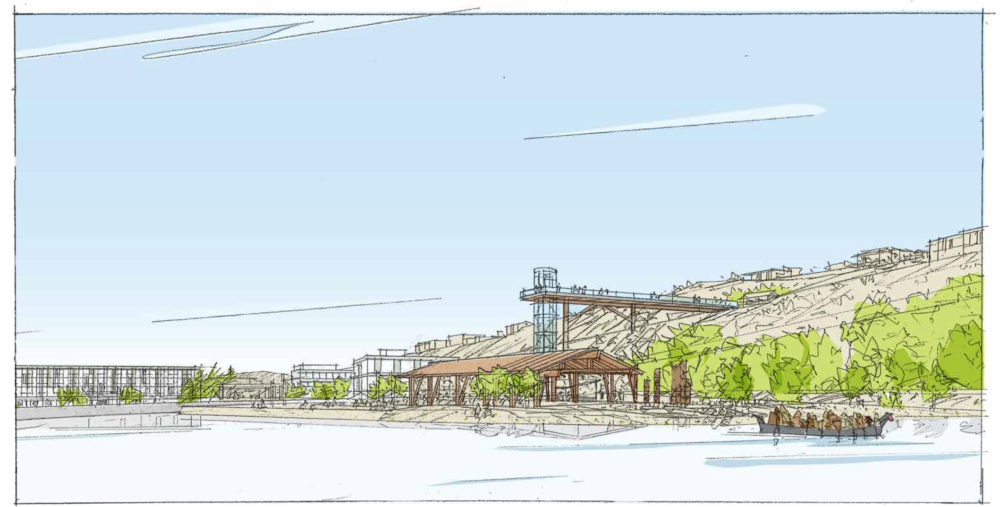
An artist's rendition of what Willamette Falls may someday look like. Image via GrandeRonde.org

